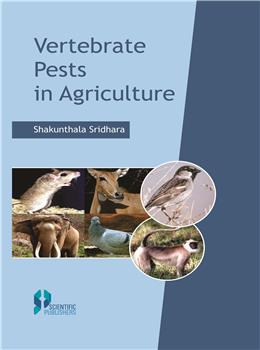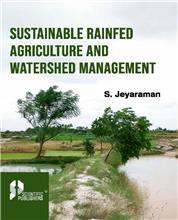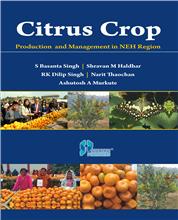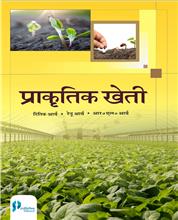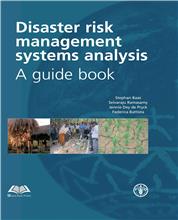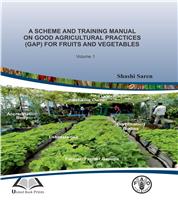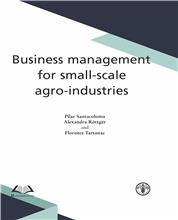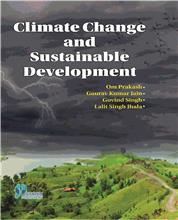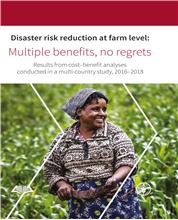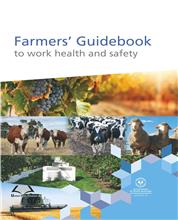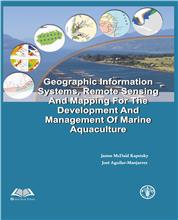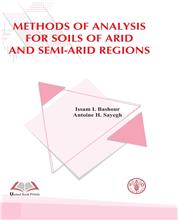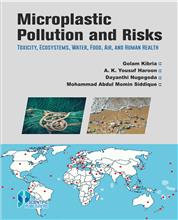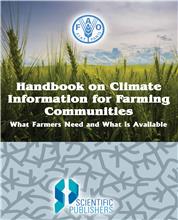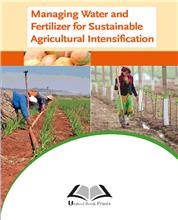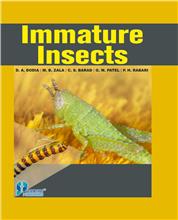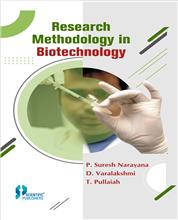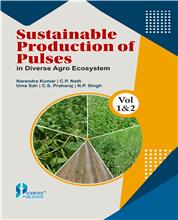Contents
1 Principles of Population Ecology and Vertebrate Pest Management – Shakunthala Sridhara
2 Granivorous Bird Pests and their Management – V. Vasudeva Rao and O. P. Dubey
3 Frugivorous Birds and their Management – Abraham Verghese
4 Bird Pest Management – Is there a Satisfactory Solution? – Shakunthala Sridhara
5 Bats in Agriculture – Shakunthala Sridhara
6 Rodent Pest Management in Cultivated Crops of India – Shakunthala Sridhara and O.P. Dubey
7 Rodent Pest Management in Poultry and other Animal Facilities – Shakunthala Sridhara
8 Rodent Pest Management in Arid Zone Crops – R.S.Tripathi and Vipin Choudhary
9 Reproductive Management of Rodent Pests – R.K. Parshad
10 Rodent Management in Groundnut in Gujarat – P.G. Butani, H.J. Vyas and M.N. Kapadia
11 Pest Status of the Indian Crested Porcupine, Hystrix indica – Chakravarthy, A.K., A.C. Girish and Shakunthala Sridhara
12 Pheromones in Rodent Pest Management – G. Archunan and S. Achiraman
13 Conservation Status of Rodents in india – E.A. Jayson and K.M. Jayahari
14 Management of crop raiding elephants – Shakunthala Sridhara
15 Wild Boar, Sus scrofa, An Underestimated Crop Pest of India – Shakunthala Sridhara and A.K.Chakravarthy
16 Crop Damage by Blue-Bull (Boselaphus tragocamelus) and its Management – L.S. Rajpurohit, A.K. Chhangani and S.M. Mohnot
17 Rhesus Monkey (Macaca mulatta) Problems in India and their Management – Ekwal Imam and Iqbal Malik
18 Crop Damage by Hanuman Langur, (Semnopithecus entellus) and its Management – A.K. Chhangani, L.S. Rajpurohit and S.M. Mohnot
19 Vertebrate Pest Management in storage – Shakunthala Sridhara, V. Shivayya and T. Raveendra Babu
20 Behavioural Aspects in the Management of Vertebrate Pests – Shakunthala Sridhara
21 Unconventional and Sporadic Vertebrate Crop Depredations – A.K. Chakravarthy, N.E. Thyagaraj and Shakunthala Sridhara
22 Vertebrate Predators of Crop Pests – A.K. Chakravarthy, N.E. Thyagaraj and Shakunthala Sridhara
23 Traditional and Unconventional Methods of Managing Vertebrate Pests – A.K. Chakravarthy and K. Srihari
24 Vertebrate Pesticides – Shakunthala Sridhara
25 Perspectives of Vertebrate Pest Management – Shakunthala Sridhara
